A killer mushroom tale shook the community when an Australian woman was trying to win back her estranged husband but the attempt took a dark turn leaving three people dead and one critical. This unusual case has baffled the police and Australians leaving the community desperate for answers.
Killer Mushroom Tale – An unfortunate accident
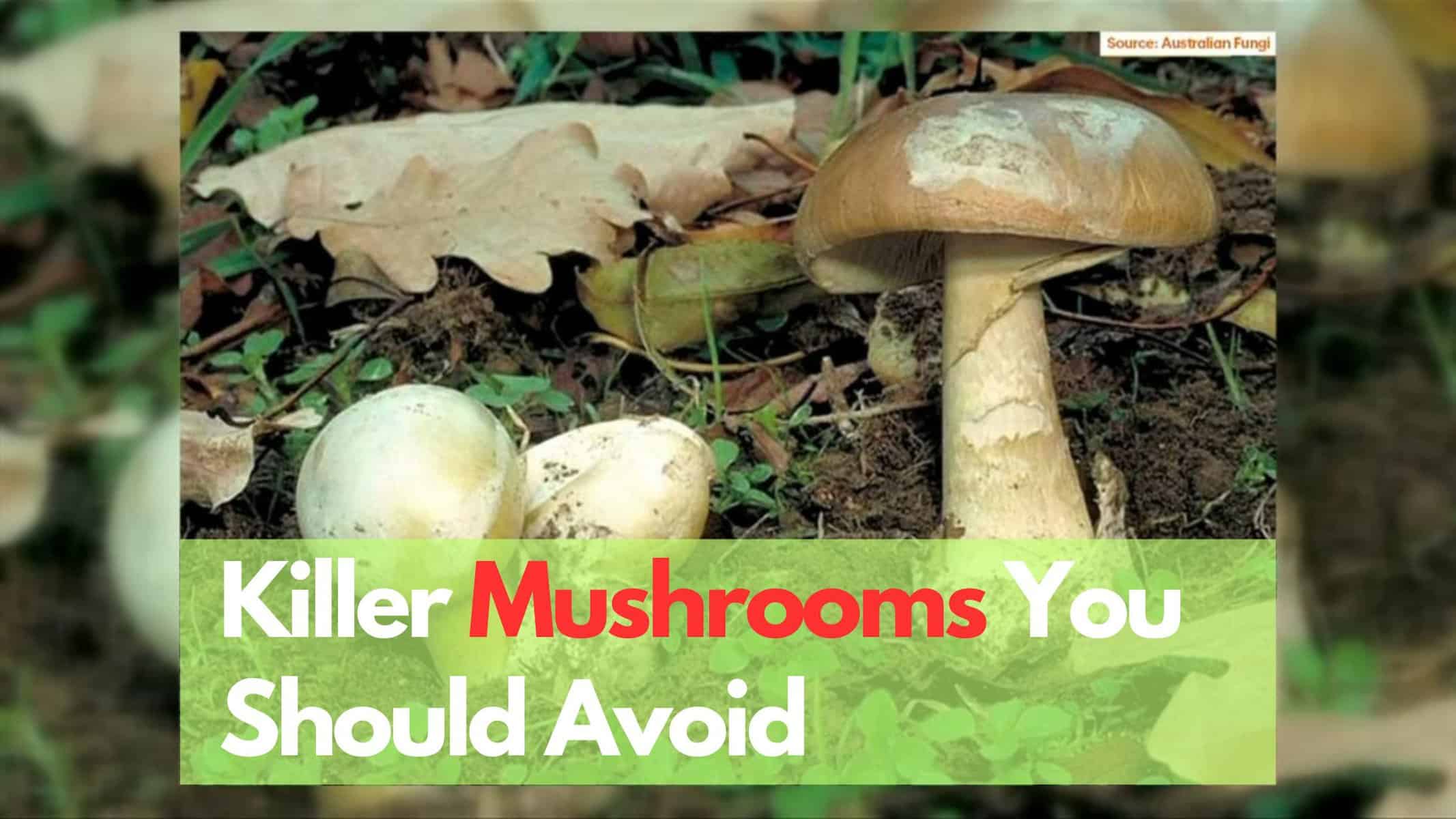
A routine family lunch took a deadly turn when three relatives of the family lost their lives due to fatal poisoning. The close-knit Australian community was shocked by the tragic deaths, as the desperate attempt was just to mend an unhappy marriage.
Erin Patterson, a 48-year-old resident of a rural town in Victoria, was hosting a simple family gathering. Erin invited her former partner, Simon Patterson, along with his parents, Gail and Tom Patterson, aged 70. Gail’s sister Heather Wilkinson and her husband Ian, aged 68 also accompanied them to enjoy the meal together as a family. The gathering was an effort to win back the affection of the estranged husband, Simon Patterson, but the ill-fated meal resulted in a ripple effect, leaving the community in pain and sorrow.
Simon Peterson decided to leave the gathering at the eleventh hour, but things took a drastic turn right after that. The intention was to have a friendly meal, but when it turned into a tragedy, it was pretty disheartening for the family members. The tragic deaths of Gail, Tom and Heather occurred within a week. On the other hand, Heather’s husband, Ian Wilkinson, is still fighting for his life in the confines of a hospital room. His situation is quite critical at this moment.
Erin Peterson is being questioned by the authorities because of the distressing outcomes of the event. The officials have executed the investigation to understand the cause of the deaths, which indicated that the ingestion of death cap mushrooms is the reason, as these are the most poisonous mushrooms globally.
The heartbreaking incident has impacted Australians with disbelief, and law enforcement authorities are still conducting an investigation to understand whether the incident was an unfortunate accident or whether there is a complex narrative hidden under the surface.
Read full story Sources: https://www.dailymail.co.uk/
What Caution does the Australian Mushroom Growers Association (AMGA) urge in wild mushroom foraging?

As per the Australian Mushroom Growers Association survey in Australia, they discourage the harvesting of wild mushrooms because it carries some dangers and risks that can cause adverse results. Hence, foraging must be conducted under the supervision of a well-known and qualified mycologist who has knowledge of fungi.
Many mushrooms sprout during cooler seasons, even in the residential gardens of Australia, but when it comes to the growth of wild mushrooms things need to be managed with care and precaution. Even specialists may have trouble determining whether wild mushrooms are suitable for consumption because they can resemble the common ones sold in stores. Only reputable stores or authorized farmers’ markets should be preferred for purchasing Australian-grown mushrooms, urges AMGA.
Commercially grown mushrooms adhere to strict rules and regulations on food safety. Hence, these are safe to consume and are made of high quality, which minimizes the risks of health hazards and allows consumers to enjoy healthy mushrooms from a reliable source.
A deadly insight into the world’s most poisonous mushrooms
The intricate tapestry of nature and beauty is alluring to the eye, but some dangers do coexist with it, and sometimes these dangers occur in the most unexpected places. The fungal kingdom does pose some dangers, and there are some harmless mushrooms that have been consumed by humans dating back to ancient civilizations.
Mushrooms have been a delicacy since ancient times, but they also conceal a deadly secret too. Some of the mushroom species are very poisonous, and poisonous mushrooms can pose grave dangers to individuals who consume them. It is life-threatening, so let’s take a look at these species of mushrooms:
1. Death Cap (Amanita phalloides)
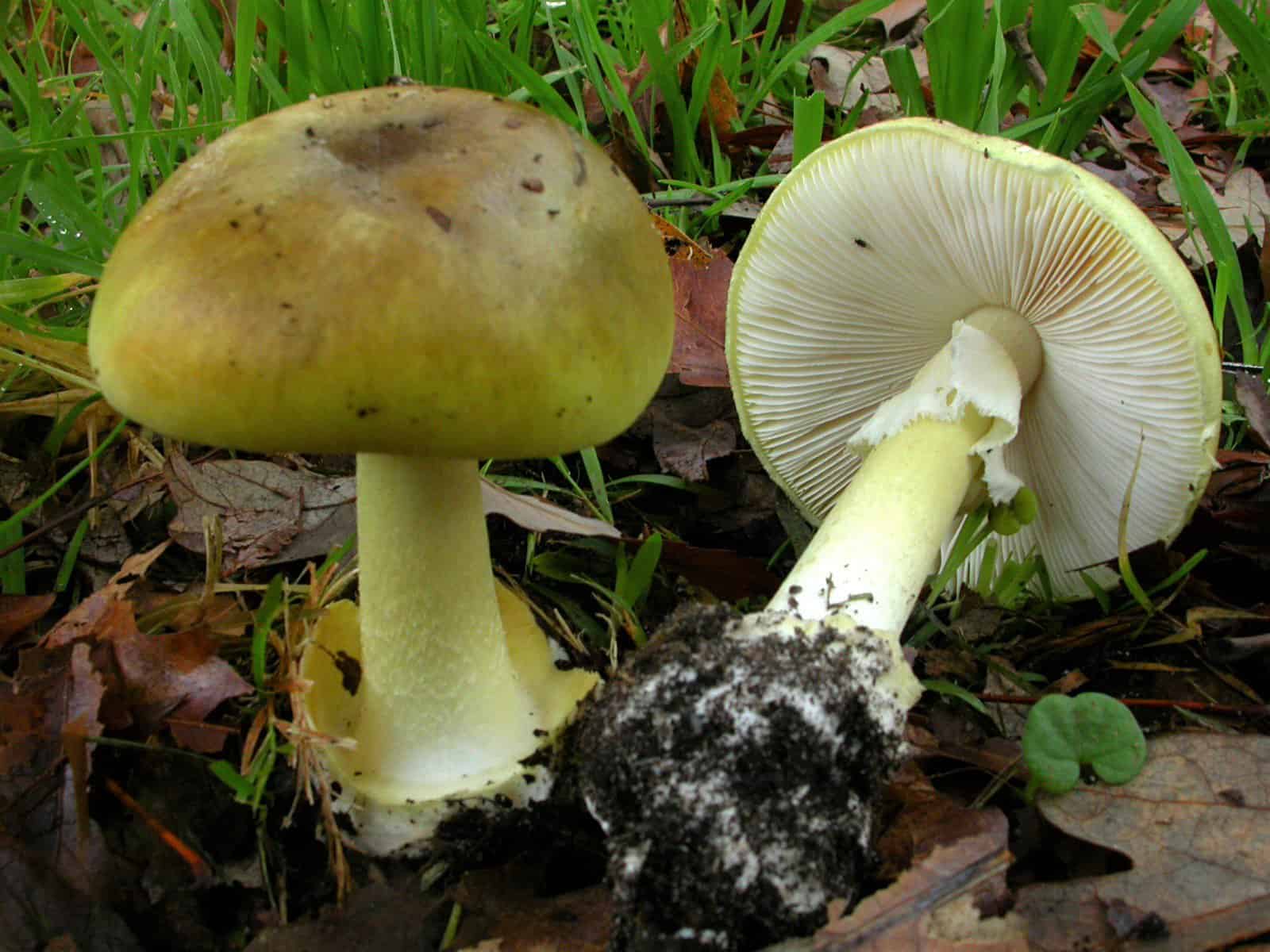
One of the deadliest mushrooms, death caps are prevalent in Europe and resemble both edible straw mushrooms and caesar mushrooms. A Death Cap mushroom can withstand high cooking temperatures and damage cells throughout the body. It can lead to abdominal pain, vomiting, and bloody diarrhea, which leads to rapid loss of fluid from the body and intense thirst. It lowers blood sugar levels in the body, and the condition can lead to coma and death. In 1534, Pope Clement VII died of accidental death by poisoning.
2. Conocybe Filaris:
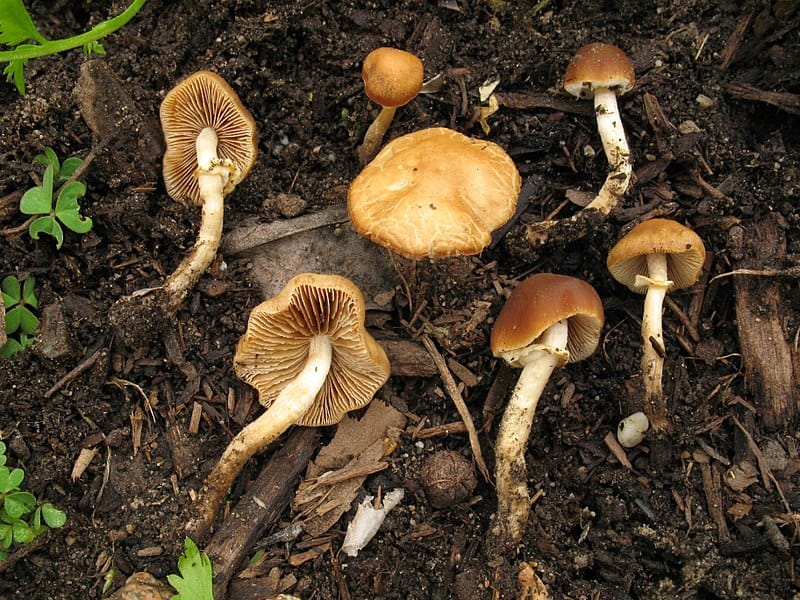
It is a lawn mushroom common in the Pacific Northwest which has the same mycotoxins found in death cap mushrooms. After 6 to 24 hours of consumption, it can cause gastrointestinal symptoms leading to stomach flu. The patient may experience gastrointestinal symptoms that can be accompanied by liver and kidney failure.
3. Webcaps (Cortinarius species):
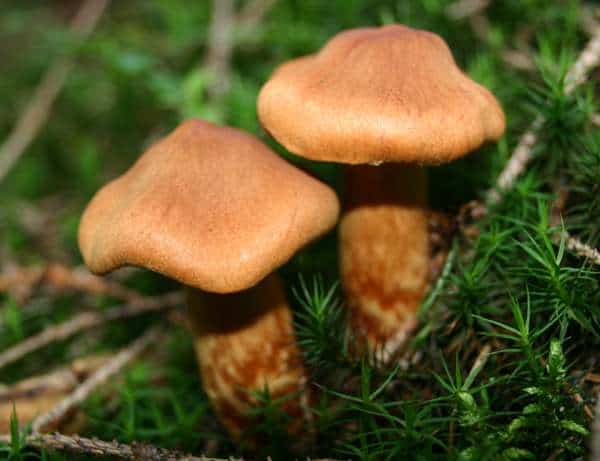
The fool’s webcap and deadly webcap are two categories of this species and these are similar to the edible varieties. They have a poison named Orellanine that causes flu-like symptoms and eventual kidney failure. It has a long latency period, so this does not affect the consumer immediately or in a few hours; it may take 2 days to 3 weeks to show the symptoms, and mostly it leads to misdiagnosis.
The toxin can lead to kidney failure, ultimately resulting in death. In 2008, Nicholas Evans, an English author, mistakenly served the webcap mushrooms to his relatives, and four of them were hospitalized. This poisoning resulted in a lot of damage, as he, his wife, and his brother-in-law needed kidney transplants.
4. Autumn Skullcap (Galerina Marginata)
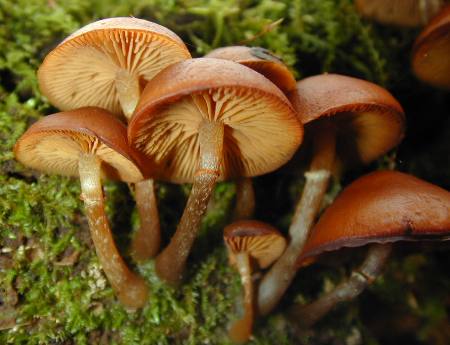
It is a gilded, wood-rotting fungus that only occurs in the Northern Hemisphere and carries the same amatoxins as the death cap mushroom. When ingested, it causes diarrhoea, liver damage, and vomiting, and if not dealt with swiftly, it can also result in death.
5. Destroying Angels (Amanita species):
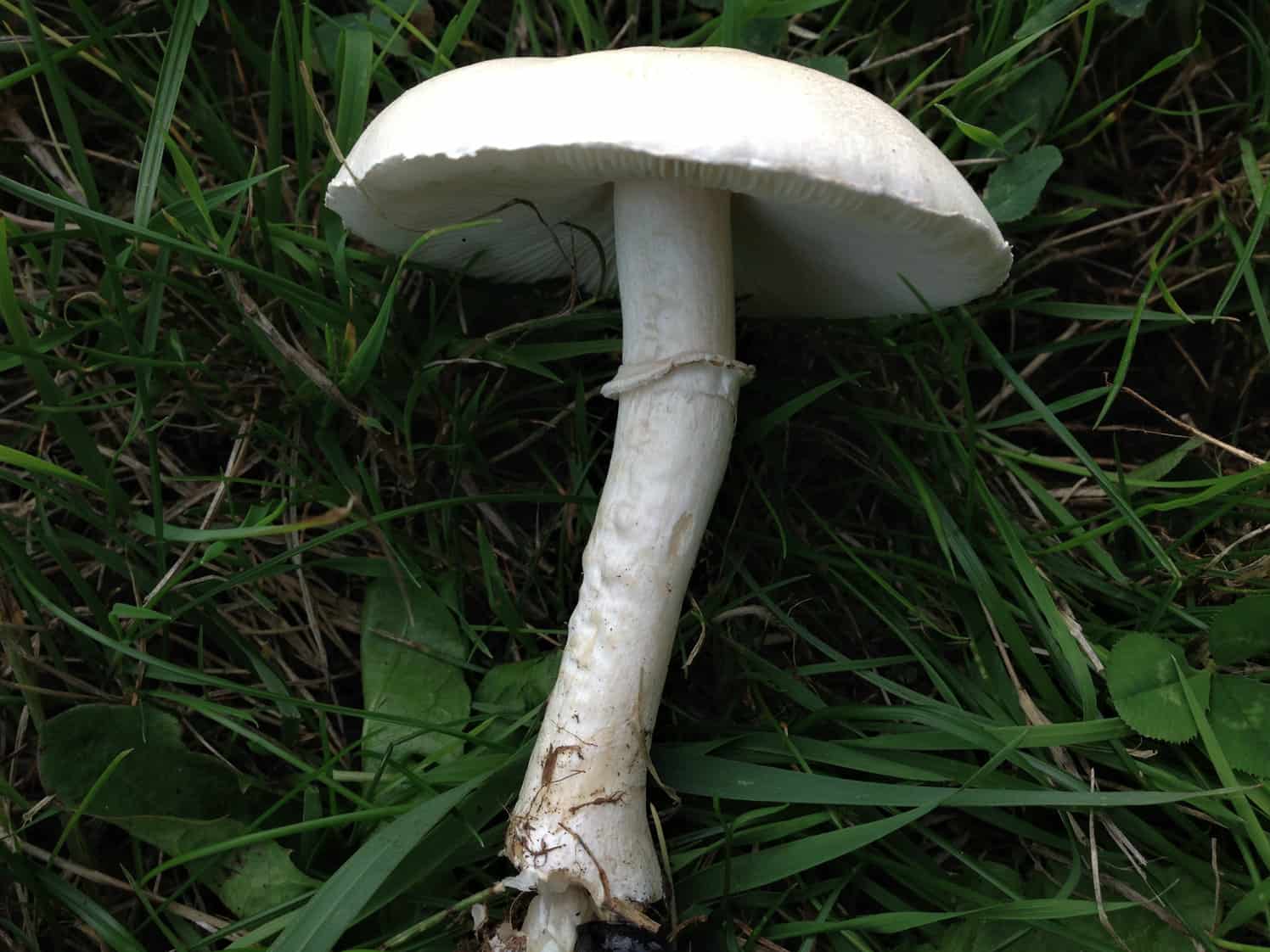
The toxic destroying angels are an assortment of species of all-white mushrooms in the Genus Amanita that resemble meadow and button mushrooms but are poisonous. The most toxic species in North America is Amanita Bisporigera, which was possibly inadvertently detected multiple times. The signs and symptoms could manifest in five to twenty-four hours and could result in vomiting, convulsions, liver and renal failure, delirium, and even death.
6. Podostroma cornu-damae:
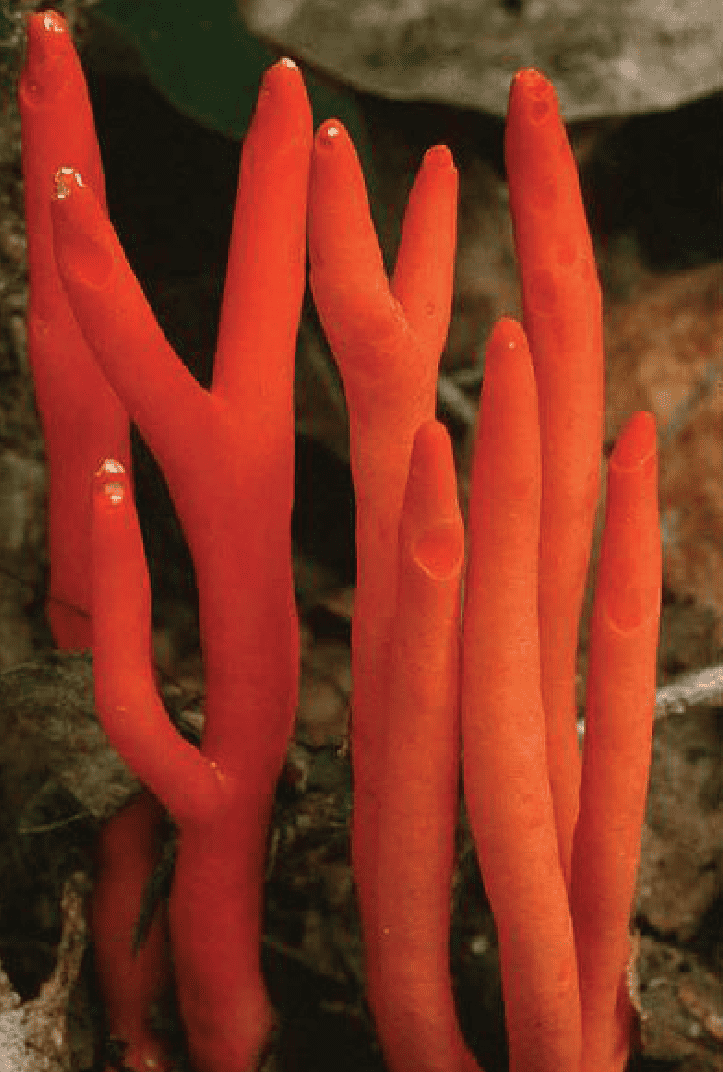
Podostroma cornu-damage is a rare fungus which is native to Asia and has caused many fatalities in Korea and Japan. It has a red fruit body and contains potent toxins trichothecene mycotoxins and can cause multiple organ failure on consumption. Some symptoms are low blood pressure, stomach pain, peeling skin, liver necrosis, and acute kidney failure and if not treated on time can lead to death as well.
7. Deadly Dapperling (Lepiota Brunneoincarnata):
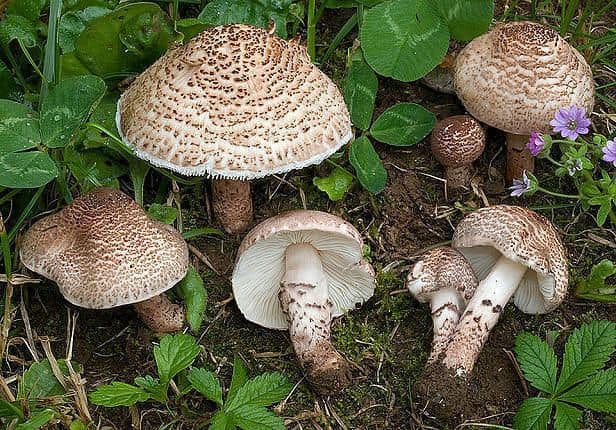
This is a deadly Dapperling gilled mushroom that contains amatoxins and is available in Europe and parts of Asia. It is mistaken for edible varieties, and its toxic core is not very common. When consumed, it leads to severe liver toxicity and lethal consequences.
There are many narratives of nature’s hidden dangers, which serve as an essential reminder to be constantly vigilant when consuming mushrooms. The enigmatic beauty of nature is undeniable, but cautious appreciation can help you save your life and also protect your loved ones from mushroom poisoning.
